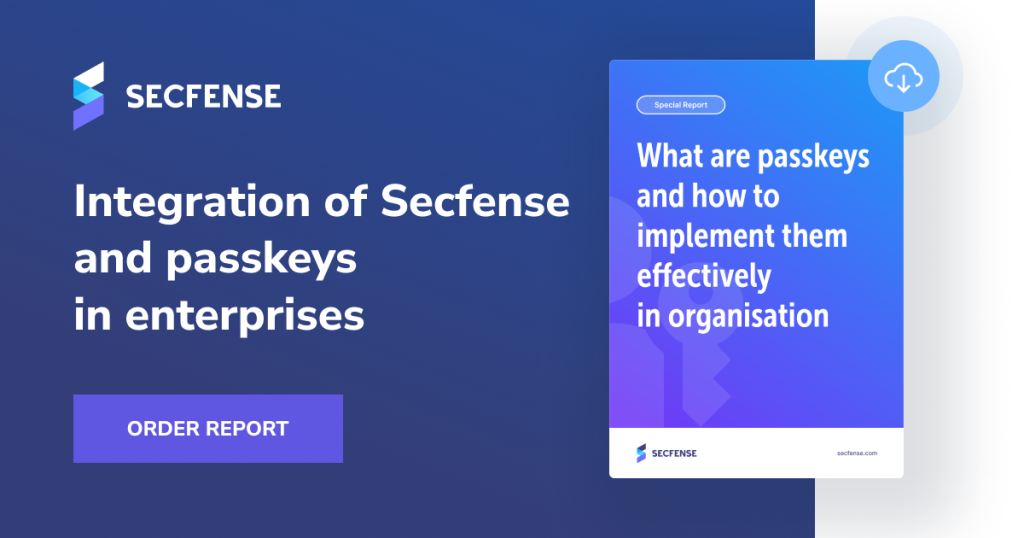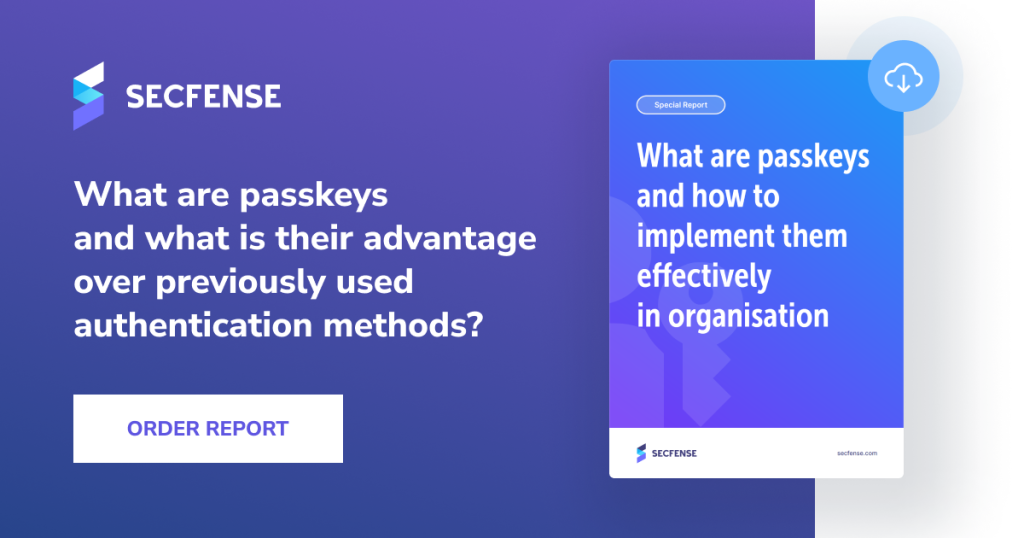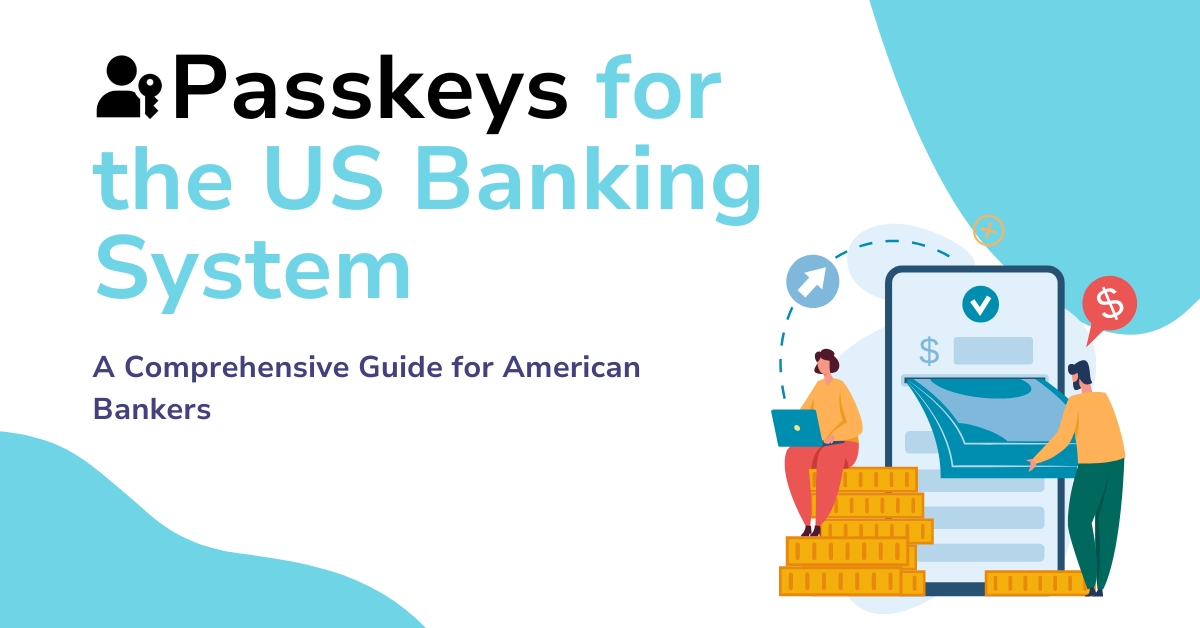Passkeys for Banking: A Comprehensive Guide for U.S. Bankers
As cybersecurity regulations in U.S. banking evolve, Multi-Factor Authentication (MFA) has become essential. The Federal Trade Commission (FTC) updated the Gramm-Leach Bliley Safeguard Rule, mandating MFA for financial institutions, while the New York Department of Financial Services (NYDFS) has enforced MFA since 2017 and is expanding requirements. The Cybersecurity and Infrastructure Security Agency (CISA) further recommends phishing-resistant MFA. U.S. banks must now integrate advanced MFA solutions like passkeys from the FIDO Alliance to ensure compliance, security, and competitive advantage.

Understanding Passkeys: A Secure, Phishing-Resistant MFA Solution
Endorsed by the FIDO (Fast IDentity Online) Alliance, passkeys replace traditional password-based logins with passwordless authentication. Instead of relying on a password, FIDO’s approach emphasizes local authentication on the user’s device using something the user has (such as a security key or device) or something the user is (biometric data). This method makes passkeys resistant to phishing and replay attacks since credentials remain protected and are not stored centrally.
The Role of the FIDO Alliance in Banking Security
The FIDO Alliance, backed by major banks like Bank of America, JPMorgan Chase, Wells Fargo, and American Express, drives global standards for secure authentication. FIDO’s efforts have led to the development of passkey authentication, recognized for its security and ease of use. Passkeys are increasingly used by U.S. banks to move away from passwords and to protect customers across digital channels.

Why Secure and User-Friendly Authentication Matters for Banks
For banking customers, security and convenience are paramount. Offering phishing-resistant and easy-to-use authentication across mobile apps, web portals, and in-branch services allows banks to build trust, stand out in a competitive market, and ensure compliance. By implementing passkeys, banks deliver a seamless, secure experience that strengthens customer loyalty and aligns with regulatory standards.
FIDO: The Gold Standard for Authentication
FIDO’s authentication protocols are the result of extensive research and collaboration by leading global financial institutions and tech giants. Its phishing-proof design ensures that even intercepted credentials remain unusable, making it the preferred choice for securing online transactions and preventing unauthorized access.
Challenges in Implementing New Authentication Technologies
Banks often face challenges in deploying new technologies due to complex, multi-platform infrastructures. Integrating new authentication methods can be costly and disruptive, especially if it requires modifying legacy systems. This is where no-code MFA solutions like Secfense’s User Access Security Broker offer a strategic advantage, enabling quick, seamless passkey deployment without altering existing applications or infrastructure.

Revolutionizing MFA Implementation: The BNP Paribas Case Study
Secfense’s no-code approach has proven successful for major banks like BNP Paribas, which achieved significant results:
- MFA expansion to 43% more applications than initially planned.
- 82% reduction in IT specialist involvement.
- $778,000 saved versus traditional MFA deployment.
- Full utilization of existing MFA methods and elimination of software developer engagement.
- 87% reduction in implementation costs.
With Secfense, U.S. banks can introduce FIDO and passkeys across all customer access points, ensuring phishing-resistant security, enhanced usability, and regulatory compliance.
Experience the Future of Banking Security: Proof of Value with Secfense
To explore the potential of passkeys, Secfense offers a Proof of Value (POV) program. This one-week, hands-on implementation secures one of your applications with comprehensive MFA and introduces microauthentications for enhanced protection. With only 10 hours of dedicated time from one specialist, your bank can evaluate the benefits of Secfense’s solution.

Take the Next Step: Schedule a call with a Secfense expert to discuss passkey implementation for regulatory compliance, and watch our webinar on achieving secure, customer-centric authentication in banking.
